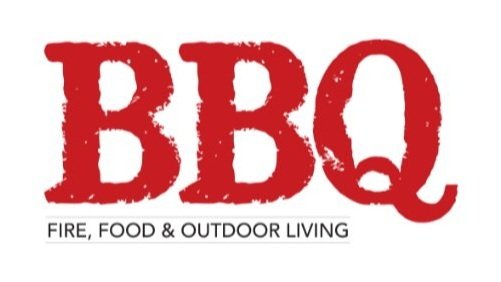Tips for Planning an Outdoor Kitchen
by Scott Paterson
Scott Paterson runs Sumo Outdoor, spreading live-fire love and expert advice when it comes to building and installing kitchens. JEMIMA NELSON reports
Scott Paterson calls himself ‘an outdoor kitchen entrepreneur, burger master and open-fire cooking evangelist’.
His company Sumo Outdoor naturally conjures up images of large Japanese wrestlers with big appetites and good sporting reasons to feast on protein.
Paterson admits to the healthy appetite and the brand values of strength and heavy-duty, high-quality products. But the name of his outdoor kitchen brand also derives from his martial arts expertise, as both competitor and instructor, with Paterson holding black belts or equivalent in various disciplines including karate, kick boxing and wrestling.
You’d want Paterson, who has over 20 years’ experience in the bespoke fabrications industry and luxury home improvements, guarding the BBQ as well as cooking on it.
Paterson is at the forefront of UK outdoor kitchen product development, consulting for outdoor kitchen, barbecue and garden product manufacturers.
“The Sumo frame system and other products reflect my years developing and refining kitchens for top designers and outdoor living businesses,” says Paterson.
“I also have a huge passion for all things BBQ, street food and al fresco parties and hope that enthusiasm shines through the products and solutions we offer.”
Paterson is also the founder of the British Outdoor Kitchen Association (BOKA), with an aim to promote best practice, as well as health and safety.
“We are dedicated to helping garden designers, specifiers, architects, landscapers, builders, barbecue manufacturers and garden product retailers grow their reputation and become certified, trusted outdoor kitchen experts.”






